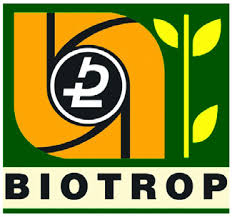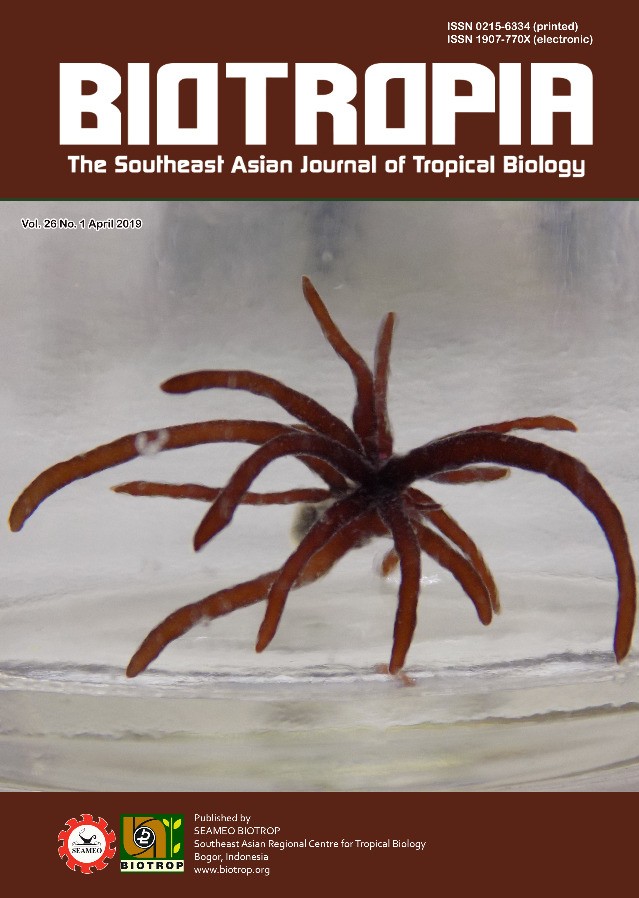
Tags
Agrobacterium-MEDIATED GENETIC TRANSFORMATION OF SEAWEED Kappaphycus alvarezii USING Gα GENE AND CALLUS CULTURES
Content Language : English

Cottonii seaweed (Kappaphycus alvarezii Doty) is one of the most important commercial sources of carrageenans which are widely used in the pharmaceuticals and food industries. A problem in the cultivation of this seaweed is the ice-ice disease, which is caused by extreme changes in environmental conditions such as temperature and seawater salinity. Gene transformation to produce Cottonii seaweed transgenics that are tolerant to environmental stress is a potential solution to this problem. Gα gene encodes for the heterotrimeric G protein α subunit is a gene that plays a role in tolerance to biotic and abiotic environmental stresses. This study aimed to: (a) introduce the Gα gene into the callus cells of K. alvarezii and regenerate transformed callus cells to transgenic plantlets; (b) determine the appropriate concentration of acetosyringone and Agrobacterium tumefaciens strain for gene transfer into the callus of K. alvarezii. The callus cells of K. alvarezii were transformed using Agrobacterium tumefaciens strains LBA4404 and EHA105 carrying the expression vector pGWB502-Gα with a CaMV-35S promoter. The calli and A. tumefaciens were co-cultivated in several concentrations of acetosyringone (20, 40, 60 mg/L). The regeneration of transformed callus cells into transgenic plantlets was successfully performed using the somatic embryogenesis technique. The results showed that the highest percentage of putative transgenic micropropagule formation occurred at the 20-40 mg/L concentration of acetosyringone. Polymerase chain reaction (PCR) analysis on the twenty transgenic plantlets indicated that the Gα gene was successfully introduced into the genomic DNA of all of them. The highest transformation efficiency was in the co-cultivation treatment of 20-40 mg/L acetosyringone (22-28%). The transformation efficiency produced by Agrobacterium tumefaciens EHA105 (23%) was not significantly different from that produced by the LBA4404 (15%).
Link

This work is licensed under a Creative Commons Attribution-NonCommercial-NoDerivatives 4.0 International License.
